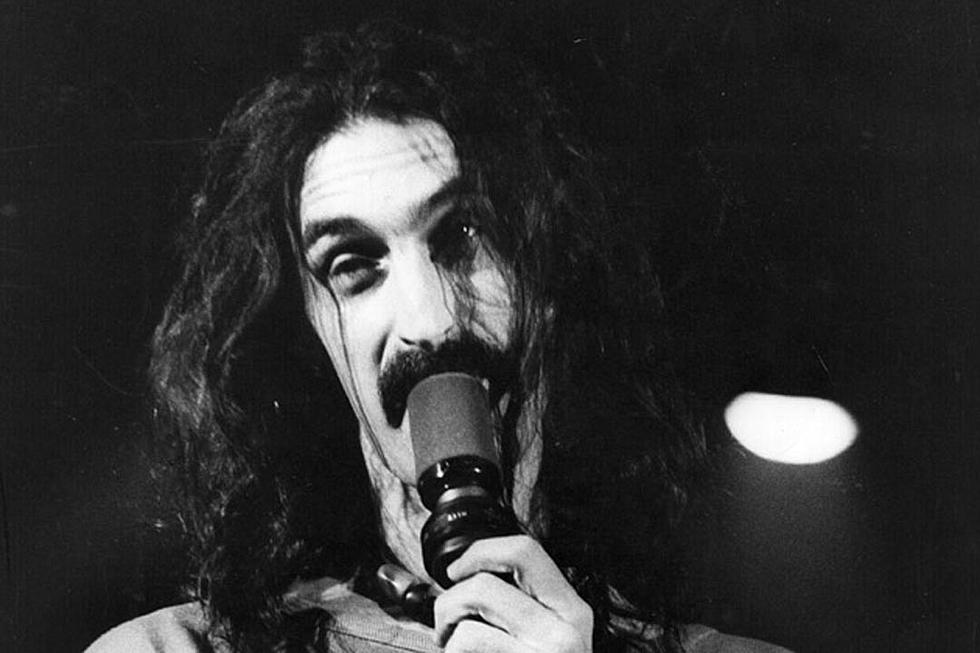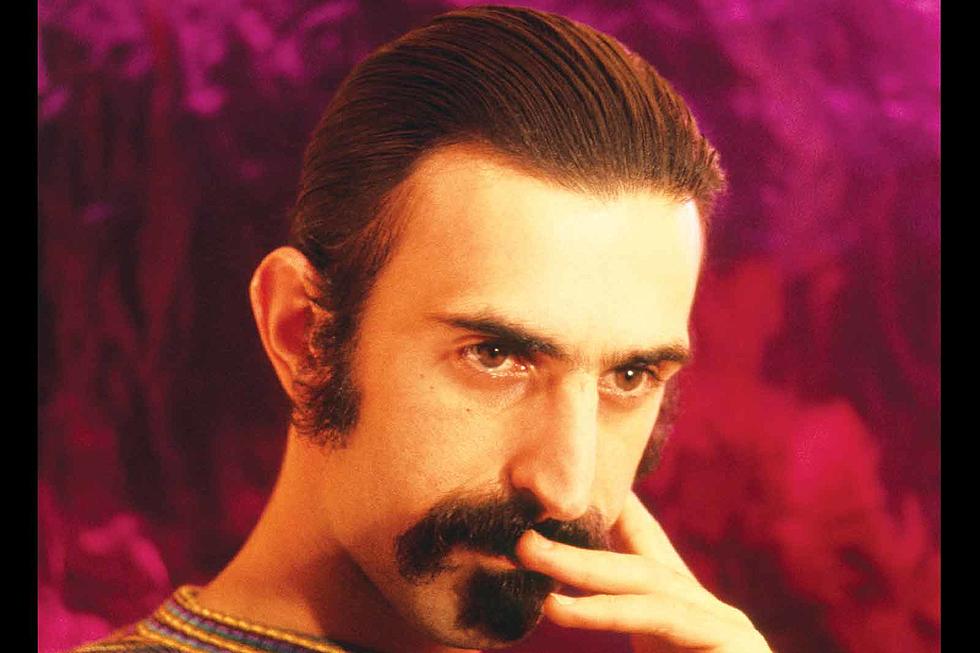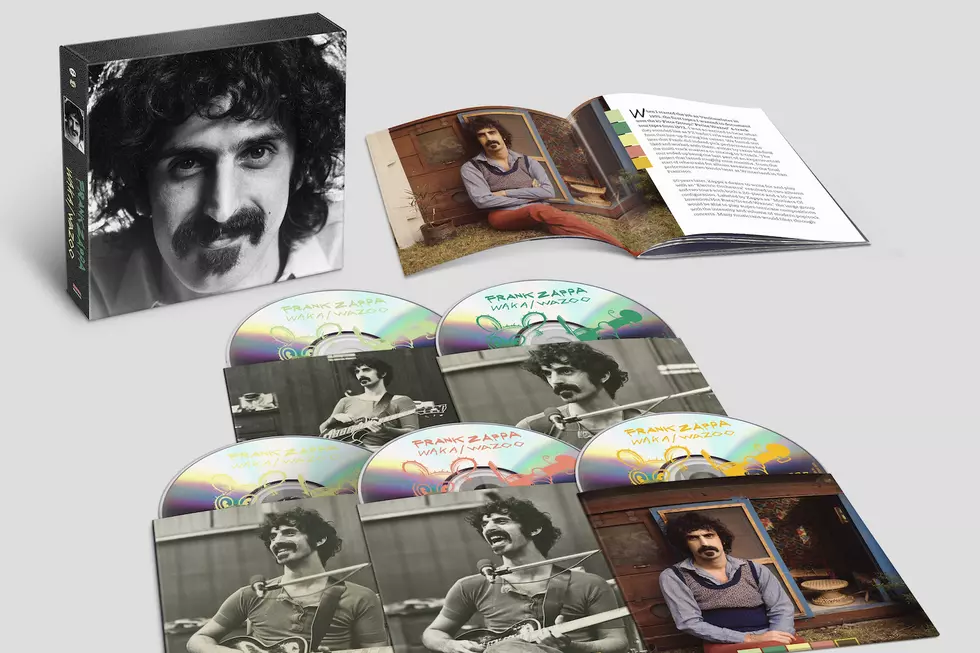
When Frank Zappa Made Another Pointed Statement on ‘Joe’s Garage, Act I’
Frank Zappa once referred to Joe's Garage as a "stupid little story about how the government is going to do away with music." In other words, it was another Frank Zappa album.
By the time Zappa released Joe's Garage, Act I on Sept. 17, 1979 (Acts II and III would follow as a double-record set in November), he had plenty of "stupid little [stories] about how the government is going to do away with music" in his catalog. This epic rock opera was merely longer than most of them and updated for the late '70s.
Narrated by a character named Central Scrutinizer, the albums tell the story of Joe, who forms a garage-rock band and gets on with the muddle of a pretty typical life: girlfriend problems, religious entanglement, political persecution, imprisonment and, finally, a breakdown. The way Zappa saw it, that was life in the '70s -- par for the course.
Along the way, Zappa hit his usual targets -- government, religion, morality police, thought patrol -- with his usual arsenal of weapons, including a wide-ranging musical landscape that takes in everything from avant-jazz to doo-wop to classic rock. Like most of Zappa's work, it's not an easy listen, but it is an entertaining one if you know what to look out for.
Listen to Frank Zappa Perform 'The Central Scrutinizer'
In a way, Joe's Garage is an autobiographical piece (as really, most Zappa projects are), chronicling a musician's struggles with his audience, the government, critics and even with himself. The Big Brother-like governing power that rules throughout the narrative stresses and enforces uniformity, a major thorn in Zappa's side ever since his 1966 barriers-breaking debut album Freak Out!
But Joe's Garage didn't start out as a rock opera. In fact, it was supposed to be -- oddly enough, given Zappa's reputation as an album artist -- a single-only release, with the songs "Joe's Garage" and "Catholic Girls." But as Zappa and the band started hashing out jams and ideas, a concept started to form around the songs they were playing. Before long, Joe's Garage, the album project, emerged.
At 18 songs long, and running almost two hours, it was a hefty undertaking, even by Zappa's prolific standards. So the music was divided into three acts, with the first getting its own release, and the other two combined into a double album that came out two months later. It was all later collected and released as a two-CD set when Zappa's catalog was overhauled for the digital age.
Upon its release, Zappa's more technically inclined fans noted the use of something he called xenochrony, the process of taking musical passages from one song and implementing them into others. Specifically, on Joe's Garage, Zappa took guitar solos from live recordings and dropped them into the studio tracks for an effect that was simultaneously disorienting and mesmerizing, depending on where they landed.
Listen to Frank Zappa Perform 'Keep it Greasey'
But that's pretty much what Zappa records are all about -- that dizzying feeling that comes from being amazed and confused at the same time. His solo on the title track, for example, ranks among his all-time best. But the lyrical path Zappa often takes to get through the story can be juvenile and simplistic if you're not in the right frame of mind for it, even with that political message at its center.
Joe's Garage, Act I made it to No. 27 on the Billboard 200, while Acts II & III reached No. 53. Over the years, its reputation has grown. Today, it stands as one of Zappa's best albums from the era (and there were a lot of them between the mid-'70s and mid-'80s). It may be his most fully realized project of this length from the period. It's certainly his best marriage of music and lyrics during that time. Even if, to paraphrase Zappa himself, it was just another stupid little story about the government.
Bach and Roll: Frank Zappa Had One of Rock's Best Classical Crossovers
More From Ultimate Classic Rock









